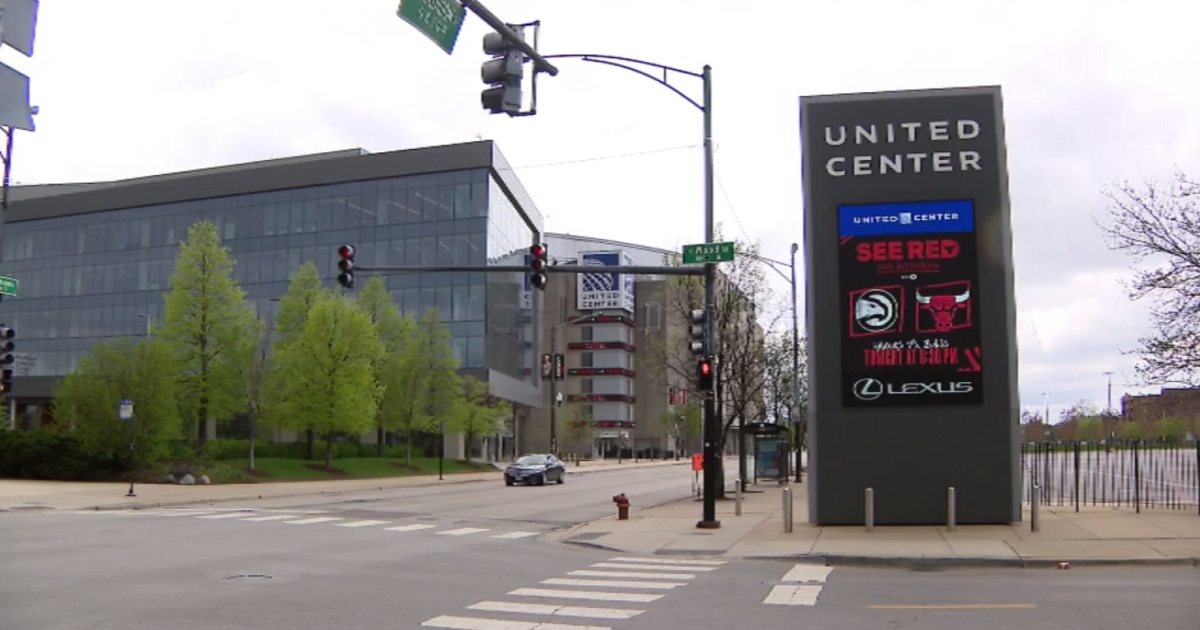Durkin: Know Your Opponent - Green Bay Packers
By Dan Durkin-
(CBS) The 186 games played between the Green Bay Packers and Chicago Bears qualifies it as the oldest rivalry in the NFL. But the recent history suggests this series has devolved into a "rino," a rivalry in name only.
Over the Favre-Rodgers era (21 seasons), the Packers are 30-13 against the Bears, with nine division titles, and added two shiny pieces of Super Bowl hardware to the trophy case. In 2011, the Packers beat the Bears four times in a calendar year, becoming only the second team in NFL history to accomplish that feat.
At the core of the green-and-gold standard is a trifecta of scheme, talent acquisition, and player development. There's a clear synergy between general manager Ted Thompson to procure the requisite talent for Mike McCarthy to foster.
On their current 53-man roster, 38 players were drafted, and only four players have played for another team. In a copycat league, three teams - the Seahawks, Raiders, and Chiefs - poached the Packers' personnel department for their general managers, in hopes of learning the secret formula.
Next man up isn't just a catchphrase in Green Bay, its reality. From their Super Bowl run in 2010 – when they put 16 players on IR – to this season, the Packers have withstood the inevitable injuries that occur over an NFL season and excelled in the process.
Additionally, the Packers have done an excellent job at self-scouting, adapting, and reinventing their scheme ad hoc. Throw in the universe's best available option at the most important position in professional sports - Aaron Rodgers - and you have a perennial championship contender.
Rodgers has had the luxury of growing up in one offensive system. He's mastered the Packers up-tempo spread offense, adroitly diagnosing defenses pre-snap to get into an optimal play, then post-snap, he's the premier combination of mobility, arm strength, and surgical accuracy.
For years, the Packers ran the ball only out of obligation. But without the threat of a running game, opponents safely countered with split (two-high) safeties, and the Packers were unable to capitalize on the numerical advantages they had in the box.
This past April, Thompson doubled up in the draft, selecting the smash-and-dash combination of football bully Eddie Lacy (Alabama), and lightning-quick Jonathan Franklin (UCLA).
Given the disposable nature of running backs, their value in the draft has diminished, but getting Lacy in the second-round was a steal. Lacy fell because of conditioning concerns and a growing skepticism among scouts that any running back can have success running behind Alabama's offensive line. The Packers were right about Lacy, who has added a power element to their attack.
With the Packers spreading teams out with three and four-wide looks out of the shotgun, they've shifted to more single-back sets. Lacy's forward-lean running style enables him to gain positive yardage without the need for a lead blocker. The Packers challenge will now be monitoring his touches to ensure he's running with the same pop in January and February.
Next to the 49ers, the Packers deploy one of the league's most creative running games, with zone, man, and gap blocking schemes. Lacy's emergence has forced teams to play honest against the Packers, and Rodgers is deadly against Cover-1. The potential of this offense at full-strength is frightening.
Incorporating more running plays was not only smart self-scouting, it was also out of preservation and necessity. With Randall Cobb (broken leg), James Jones (knee), and Jermichael Finley (spinal concussion), dealing with injuries, the Packers had to devise other ways to move the ball and score points.
Even with a depleted group of weapons, Rodgers' connection with wide receiver Jordy Nelson has never been better. For years, Nelson has quietly produced near-elite wide receiver numbers at a bargain price. His versatility and knowledge of the route concepts allows him to line up at all four receiver spots - most recently out of the slot - to create advantageous single-coverage opportunities.
One problem area for the Packers over the years has been protecting Rodgers. Since 2009, he's been the most hit quarterback in the league. They've gone through several offensive line combinations, and had yet another reshuffle before this season.
They flip-flopped guards TJ Lang and Josh Sitton, and Bryan Bulaga's torn ACL in the preseason forced rookie David Bakhtiari (Colorado) into action at left tackle. Through seven games, they've been one of the league's best groups.
Defensively, the Packers have had the Bears' number through the years. Since defensive coordinator Dom Capers arrived in 2009, the Packers are 8-1, have forced 21 turnovers, and held the Bears offense to 12 points per game.
Capers 3-4 keeps protection schemes guessing by sending a variety of blitzers from different levels of the defense. Even with Clay Matthews (broken thumb) on the sideline, the Packers have accumulated 11 sacks over the past three games, and are on pace for their highest total under Capers.
Injuries to Matthews, outside linebacker Nick Perry (broken foot), and inside linebacker Brad Jones (hamstring) have created opportunities for other players like defensive tackle Mike Daniels and outside linebacker Mike Neal. Daniels leads the team with four sacks, and Neal has three.
Seeing role players thrive is further proof of the Packers' depth, and shows Capers' willingness to adapt. It's daunting to think about where this team's pass rush will be later this season when Matthews, Jones, and Perry all return to action.
Capers is able to get creative with his fronts because of talented man-coverage corners on the boundary like Tramon Williams and Sam Shields, and slot ball-hawk Casey Hayward.
Last season, Capers stumped the Bears and neutralized wide receiver Brandon Marshall with a lot of 2-Man coverage. With Josh McCown under center, expect more of the same on Monday night, with the corners playing press coverage to disrupt the timing of the Bears' quick passing game, while they sit on inside-breaking routes, and undercut out-routes.
Teams have had success against the Packers by doing two things: getting to Rodgers with four, and using a power run game to control the clock. Those are two areas the Bears have struggled with this season.
Rivalries require two teams to be competitive against each other, and the Bears-Packers have been anything but. With each offseason, the Packers get younger and closer to developing a sustained dynasty, while the Bears are still searching for an identity.
Follow Dan on Twitter: @djdurkin



